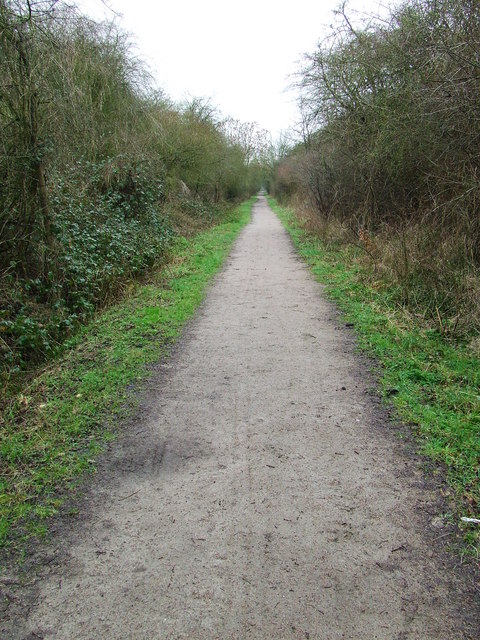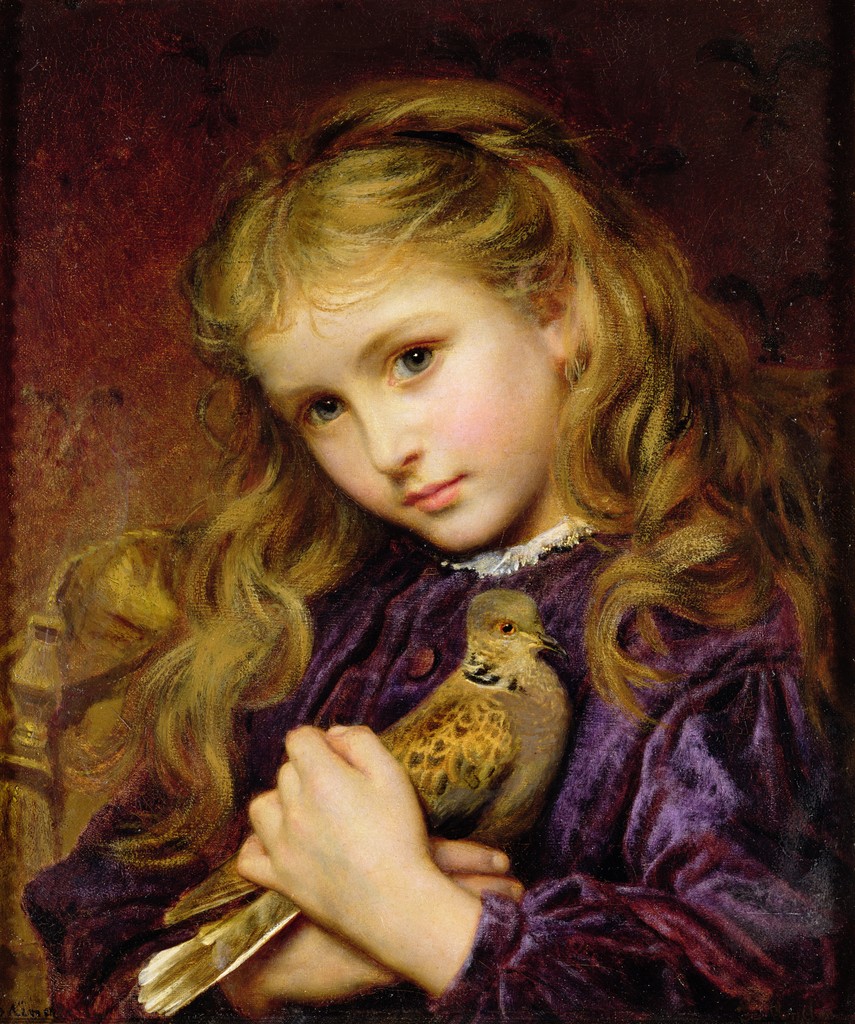|
Bustard Green
Bustard Green is a hamlet in the civil parish of Lindsell, and the Uttlesford district of Essex Essex () is a county in the East of England. One of the home counties, it borders Suffolk and Cambridgeshire to the north, the North Sea to the east, Hertfordshire to the west, Kent across the estuary of the River Thames to the south, and G ..., England, and is just under north from the village of Lindsell. Bustard Green has a Wild Essex site, which is home to bee orchids and turtle doves. References Uttlesford Hamlets in Essex {{Essex-geo-stub ... [...More Info...] [...Related Items...] OR: [Wikipedia] [Google] [Baidu] |
Uttlesford
Uttlesford is a local government district in Essex, England. Its council is based in the market town of Saffron Walden. At the 2011 Census, the population of the district was 79,443. Other notable settlements include Great Dunmow, Elmdon, Stebbing, Stansted Mountfitchet, Thaxted, Debden, Little Chesterford and Felstead among other settlements. History Its name is derived from its location within the ancient Hundred (county subdivision), hundred of Uttlesford,Open Domesday: Hundred of Uttlesford. Accessed 6 January 2022. usually spelled ''Vdelesford'' Open Domesday: Saffron Walden. Accessed 6 January 2022. or ''Wdelesford'' [...More Info...] [...Related Items...] OR: [Wikipedia] [Google] [Baidu] |
Essex
Essex () is a county in the East of England. One of the home counties, it borders Suffolk and Cambridgeshire to the north, the North Sea to the east, Hertfordshire to the west, Kent across the estuary of the River Thames to the south, and Greater London to the south and south-west. There are three cities in Essex: Southend, Colchester and Chelmsford, in order of population. For the purposes of government statistics, Essex is placed in the East of England region. There are four definitions of the extent of Essex, the widest being the ancient county. Next, the largest is the former postal county, followed by the ceremonial county, with the smallest being the administrative county—the area administered by the County Council, which excludes the two unitary authorities of Thurrock and Southend-on-Sea. The ceremonial county occupies the eastern part of what was, during the Early Middle Ages, the Anglo-Saxon Kingdom of Essex. As well as rural areas and urban areas, it forms ... [...More Info...] [...Related Items...] OR: [Wikipedia] [Google] [Baidu] |
Civil Parish
In England, a civil parish is a type of administrative parish used for local government. It is a territorial designation which is the lowest tier of local government below districts and counties, or their combined form, the unitary authority. Civil parishes can trace their origin to the ancient system of ecclesiastical parishes, which historically played a role in both secular and religious administration. Civil and religious parishes were formally differentiated in the 19th century and are now entirely separate. Civil parishes in their modern form came into being through the Local Government Act 1894, which established elected parish councils to take on the secular functions of the parish vestry. A civil parish can range in size from a sparsely populated rural area with fewer than a hundred inhabitants, to a large town with a population in the tens of thousands. This scope is similar to that of municipalities in Continental Europe, such as the communes of France. However, ... [...More Info...] [...Related Items...] OR: [Wikipedia] [Google] [Baidu] |
Lindsell
Lindsell is a village and civil parish in the district of Uttlesford in the county of Essex, England. Nearby settlements include the parish hamlets of Holder's Green and Bustard Green. The parish church is dedicated to St Mary The Virgin. History Lindsell's length of history as an inhabited place is shown by Roman brick in the foundations of St Mary's church. The settlement's name means "Huts among the lime trees." However, further historical names include "Templars", which was named by John le Templar in 1313, and "Rakefairs", given by Robert Rekeviewer in 1381. The current name of the village had previous spellings such as 'Lyndesele', 'Lindeseles' and 'Lindezel.' In 1870, Lindsell was described as a village that stands on a small affluent of the river Chelmer, 3½ miles south-east of Thaxted, and 5 miles north-northeast of Dunmow Railway Station. According to the 2011 Census, Lindsell had a population of 260 people. Lindsell gives its name to a surname. Demography The nu ... [...More Info...] [...Related Items...] OR: [Wikipedia] [Google] [Baidu] |
Ophrys Apifera
''Ophrys apifera'', known in Europe as the bee orchid, is a perennial herbaceous plant of the family Orchidaceae. It serves as an example of sexually deceptive pollination and floral mimicry, as well as of a highly selective and highly evolved plant–pollinator relationship. Description ''Ophrys apifera'' grows to a height of . This hardy orchid develops small rosettes of leaves in autumn that continue to grow slowly during winter. Basal leaves are ovate or oblong-lanceolate, and upper leaves and bracts are ovate-lanceolate and sheathing. Leaves exhibit parallel venation. The plant blooms from mid-April in continental Europe, but in the United Kingdom it flowers June to July. A flower spike is produced, composed from one to twelve flowers. Three large, purple sepals surround the base of the flower, which can easily be mistaken for petals. The true petals lie just above the sepals as two short, pubescent green structures protruding laterally from a central column. A third, ... [...More Info...] [...Related Items...] OR: [Wikipedia] [Google] [Baidu] |
European Turtle Dove
The European turtle dove (''Streptopelia turtur'') is a member of the bird family Columbidae, the doves and pigeons. It breeds over a wide area of the south western Palearctic including north Africa but migrates to northern sub-Saharan Africa to winter. Taxonomy The European turtle dove was formally described by the Swedish naturalist Carl Linnaeus in 1758 in the tenth edition of his '' Systema Naturae''. He placed it with all the other pigeons in the genus '' Columba'' and coined the binomial name ''Columba turtur''. The specific epithet ''turtur'' is the Latin word for a turtle dove. Linnaeus gave the locality as "India". This was an error and the type locality has been designated as England. The species is now placed in the genus ''Streptopelia'' that was introduced in 1855 by the French ornithologist Charles Lucien Bonaparte. Four subspecies are recognised: * European turtle dove (''S. t. turtur'') (Linnaeus, 1758) – Europe, Madeira and the Canary Islands to weste ... [...More Info...] [...Related Items...] OR: [Wikipedia] [Google] [Baidu] |


